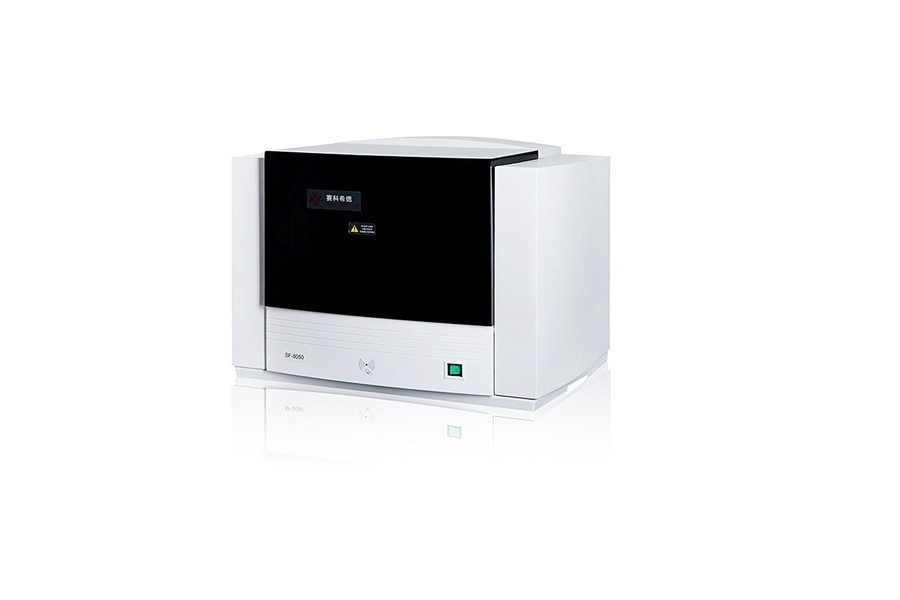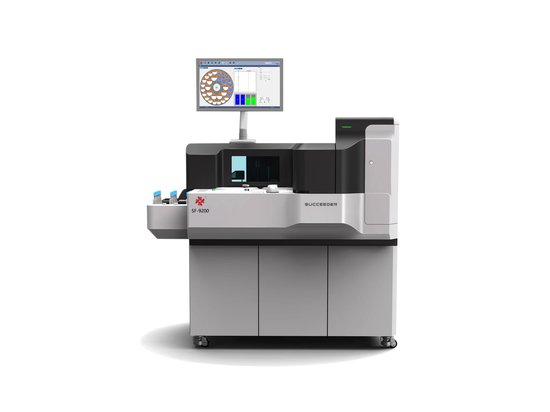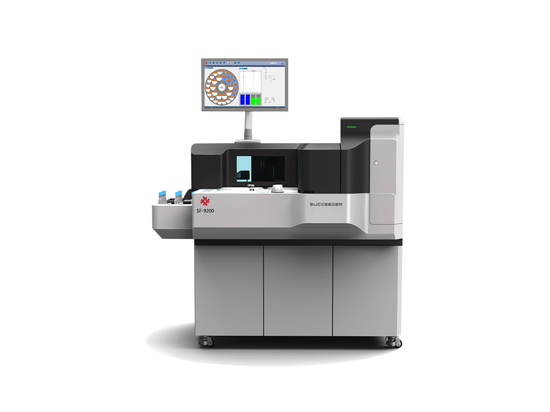
#Industry News
Differences between Fermentation and Coagulation
Coagulation, Thrombosis, Hemostasis
In the fields of life science and industrial production, fermentation and coagulation are two extremely important processes. Although they both involve complex biochemical reactions, there are significant differences in their essence, process, and application.
Definition and Essence
Fermentation is a biochemical process.
Usually, it refers to the metabolic activity in which microorganisms (such as yeast, lactic acid bacteria, etc.) decompose organic compounds (such as sugars) into simple substances and generate energy in an anaerobic or hypoxic environment. Essentially, fermentation is an adaptive metabolic transformation of nutrients by microorganisms for their own survival and reproduction in a specific environment. For example, yeast ferments glucose to produce alcohol and carbon dioxide, and this process is widely used in the wine-making industry.
Coagulation is the process by which blood changes from a flowing liquid state to a non-flowing gel state. It is essentially a self-protective mechanism of the body. The purpose is to form a blood clot through a series of complex biochemical reactions when blood vessels are damaged, to stop blood loss and promote wound healing. The coagulation process involves the coordinated action of various coagulation factors, platelets, and blood vessel walls.
PART 1 OCCURRENCE MECHANISM
Fermentation Mechanism
The mechanism of microbial fermentation varies depending on the type of microorganism and the fermentation substrate. Taking alcohol fermentation as an example, yeast first takes up glucose into the cell through transport proteins on the cell membrane. Inside the cell, glucose is decomposed into pyruvate through the glycolysis pathway (Embden - Meyerhof - Parnas pathway, EMP pathway). Under anaerobic conditions, pyruvate is further converted into acetaldehyde, and acetaldehyde is then reduced to ethanol, while producing carbon dioxide. In this process, microorganisms convert the chemical energy in glucose into an energy form available to the cell (such as ATP) through redox reactions.
Coagulation Mechanism
The coagulation process is extremely complex and is mainly divided into the intrinsic coagulation pathway and the extrinsic coagulation pathway, which eventually converge into the common coagulation pathway. When blood vessels are damaged, the collagen fibers under the endothelium are exposed, activating coagulation factor XII and initiating the intrinsic coagulation pathway. A series of coagulation factors are successively activated to form prothrombin activator. The extrinsic coagulation pathway is initiated by the binding of tissue factor (TF) released by tissue damage to coagulation factor VII, also forming prothrombin activator. The prothrombin activator converts prothrombin into thrombin, and thrombin acts on fibrinogen to convert it into fibrin monomers. The fibrin monomers cross-link with each other to form fibrin polymers, and then a stable blood clot is formed.
PART 2 PROCESS CHARACTERISTICS
Fermentation Process
The fermentation process usually takes a certain amount of time, and its speed is affected by many factors, including the type of microorganism, substrate concentration, temperature, pH value, etc. Generally speaking, the fermentation process is relatively slow, ranging from several hours to several days or even months. For example, in traditional wine-making, the fermentation process may last for several weeks. During the fermentation process, microorganisms multiply continuously, and metabolites gradually accumulate, which will cause some physical and chemical property changes in the fermentation system, such as a decrease in pH value, gas production, and a change in solution density.
Coagulation Process
In contrast, the coagulation process is relatively rapid. In healthy individuals, the coagulation reaction can be initiated within a few minutes when blood vessels are damaged, and a preliminary blood clot is formed. The entire coagulation process is basically completed within a few to ten-odd minutes (excluding subsequent processes such as blood clot contraction and dissolution). The coagulation process is a cascade amplification reaction. Once initiated, the coagulation factors are activated by each other, quickly forming a coagulation cascade effect, and finally a stable blood clot is formed.
PART 3 APPLICATION FIELDS
Applications of Fermentation
Fermentation has a wide range of applications in the food industry, pharmaceutical industry, biotechnology, and other fields. In the food industry, fermentation is used to make various foods such as bread, yogurt, soy sauce, and vinegar. For example, yogurt fermentation uses lactic acid bacteria to convert lactose in milk into lactic acid, causing the milk to solidify and produce a unique flavor. In the pharmaceutical industry, many drugs such as antibiotics (such as penicillin) and vitamins are produced through microbial fermentation. In addition, fermentation is also used to produce biofuels (such as ethanol) and bioplastics.
Applications of Coagulation
The research and application of coagulation mainly focus on the medical field. Understanding the coagulation mechanism is crucial for the treatment of bleeding disorders (such as hemophilia) and thrombotic diseases (such as myocardial infarction and cerebral infarction). Clinically, a series of drugs and treatment methods have been developed for patients with coagulation abnormalities. For example, anticoagulant drugs (such as heparin and warfarin) are used to prevent and treat thrombosis; for patients with bleeding disorders, treatment can be carried out by supplementing coagulation factors, etc. In addition, controlling the coagulation process is also of great significance for reducing bleeding and promoting wound healing in surgical operations.
PART 4 INFLUENCING FACTORS
Influencing Factors of Fermentation
In addition to the previously mentioned factors such as the type of microorganism, substrate concentration, temperature, and pH value, the fermentation process is also affected by factors such as dissolved oxygen level (for aerobic fermentation), the agitation speed of the fermentation tank, and pressure. Different microorganisms have different tolerance ranges and requirements for these factors. For example, lactic acid bacteria are anaerobic bacteria, and the oxygen content needs to be strictly controlled during the fermentation process; while some aerobic microorganisms such as Corynebacterium glutamicum require sufficient oxygen supply during the fermentation process.
Influencing Factors of Coagulation
The coagulation process is affected by many physiological and pathological factors. Vitamin K is essential for the synthesis of many coagulation factors, and a deficiency of vitamin K will lead to coagulation dysfunction. Some diseases such as liver disease will affect the synthesis of coagulation factors, thus affecting coagulation. In addition, drugs (such as anticoagulants) and the calcium ion concentration in the blood also have a significant impact on the coagulation process. Calcium ions play a key role in the coagulation process, and the activation of many coagulation factors requires the participation of calcium ions.
Fermentation and coagulation play distinct but crucial roles in life activities and industrial production. There are obvious differences in their definitions, mechanisms, process characteristics, applications, and influencing factors. A deep understanding of these two processes not only helps us better understand the mysteries of life but also provides a solid theoretical basis for technological innovation and application expansion in related fields.







